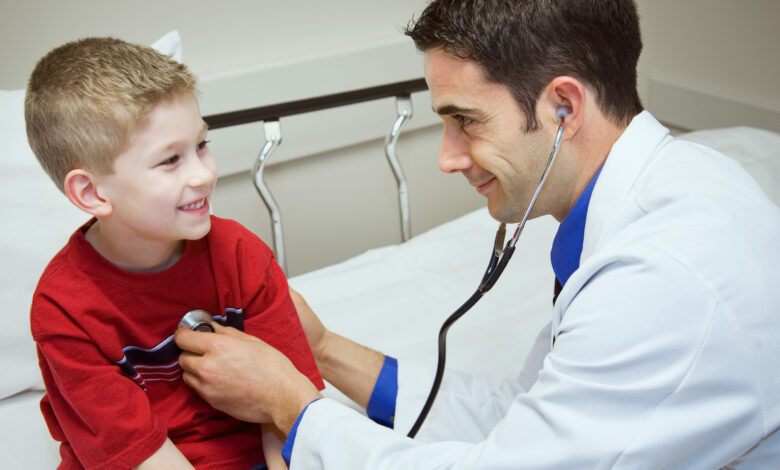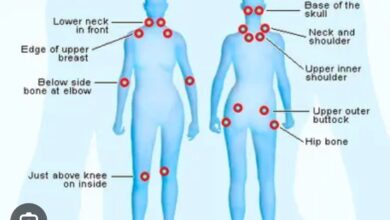TREATING FEVER IN CHILDREN

Fever! It’s one of the more common reasons doctors receive calls at 2:00 or 3:00 am. Viral and bacterial infections occurring in children often make themselves apparent through the generation of an elevated body temperature. Fever is a physiologic response to an invading organism “mediated and controlled by the central nervous system.” Fever is not the primary illness itself, but is “a physiologic mechanism that has beneficial effects in fighting infection.” It is an indication that the patient’s body, and the immune system within, are responding to the virus or bacteria. The invading organism has the capacity to disrupt the stability of the entire body system, and fever is a symptom of that disruption.
Opinions about fever, and whether to treat it or not, vary significantly. One school of thought says fever is normal and should be allowed to serve its function without being treated. The other thought is fever is “accompanied by various sickness behaviors (lethargy, hallucinations, seizures) and changes metabolic and physiologic characteristics of body systems,” and should be treated aggressively. I tend to fall in line with the aggressive treaters because febrile children are really sick and feel terrible.
The American Academy of Family Physicians May 2025 issue of American Family Physician has a brief article on the subject of treating fever. The researchers took data from 5009 children in 31 studies. They compared the fever-controlling effects of acetaminophen and ibuprofen taken separately, taking them in alternating doses, or taking them together. The results showed ibuprofen and acetaminophen taken alternatingly or together had better fever lowering effect than either drug taken alone. “Alternating or combined treatment with acetaminophen and high-dose ibuprofen seems to be better than either treatment alone!” Even after 4-6 hours, combined or alternating dosing was more effective than either acetaminophen or ibuprofen alone.
Dr. G’s Opinion: I agree fever should be treated. I also agree that recommending alternating acetaminophen and ibuprofen every 2-3 hours is helpful. I used that combination often. When the febrile response is mild (101° or less), either drug alone will suffice. Severe fever (103° or >), however, responds better to alternating doses of acetaminophen and ibuprofen. Parents are pleased when their child’s fever “breaks,” and they feel much better. I think allowing a child to have a high temperature and be miserably sick when you can do something to help is negligent and potentially harmful. I completely agree with dual or alternating doses of acetaminophen and ibuprofen and recommend it to parents. In children ibuprofen has yet to be implicated in causing Reye’s syndrome, as has aspirin, so until we hear otherwise, ibuprofen is safe.
References: Baskalli I, Klironomi D, Kola E, Celaj E. The management of fever in children. Minerva Pediatric 2022 Oct;74(5):568-578.
Sullivan JE, Farrar H, Fever and Antipyretic Use in Children Pediatrics 2011 Mar;127(3):580-7
Green C, Krafft H, Guyatt G, Martin D. Symptomatic fever management in children: A systematic review of National and international guidelines. PLoS One 2021 June 17;16(6):e0245815.
Ogoina D. Fever, fever patterns and diseases called “fever”—a review. J Infect Public Health 2011 Aug;4(3):108-124.
Shaughnessy, Allen. Combination of Acetaminophen and Ibuprofen Reduces Fevers in Children Better than either Alone Am Fam Phys 2025 May;111(5):474.




